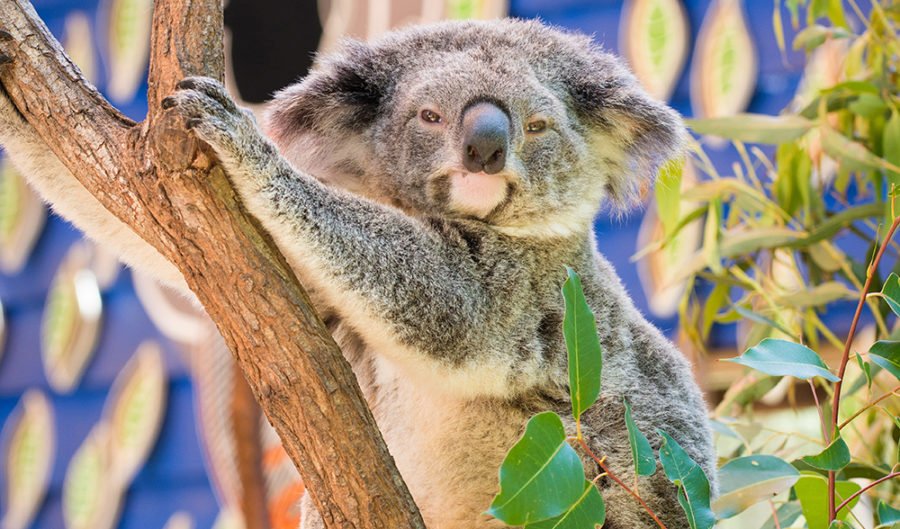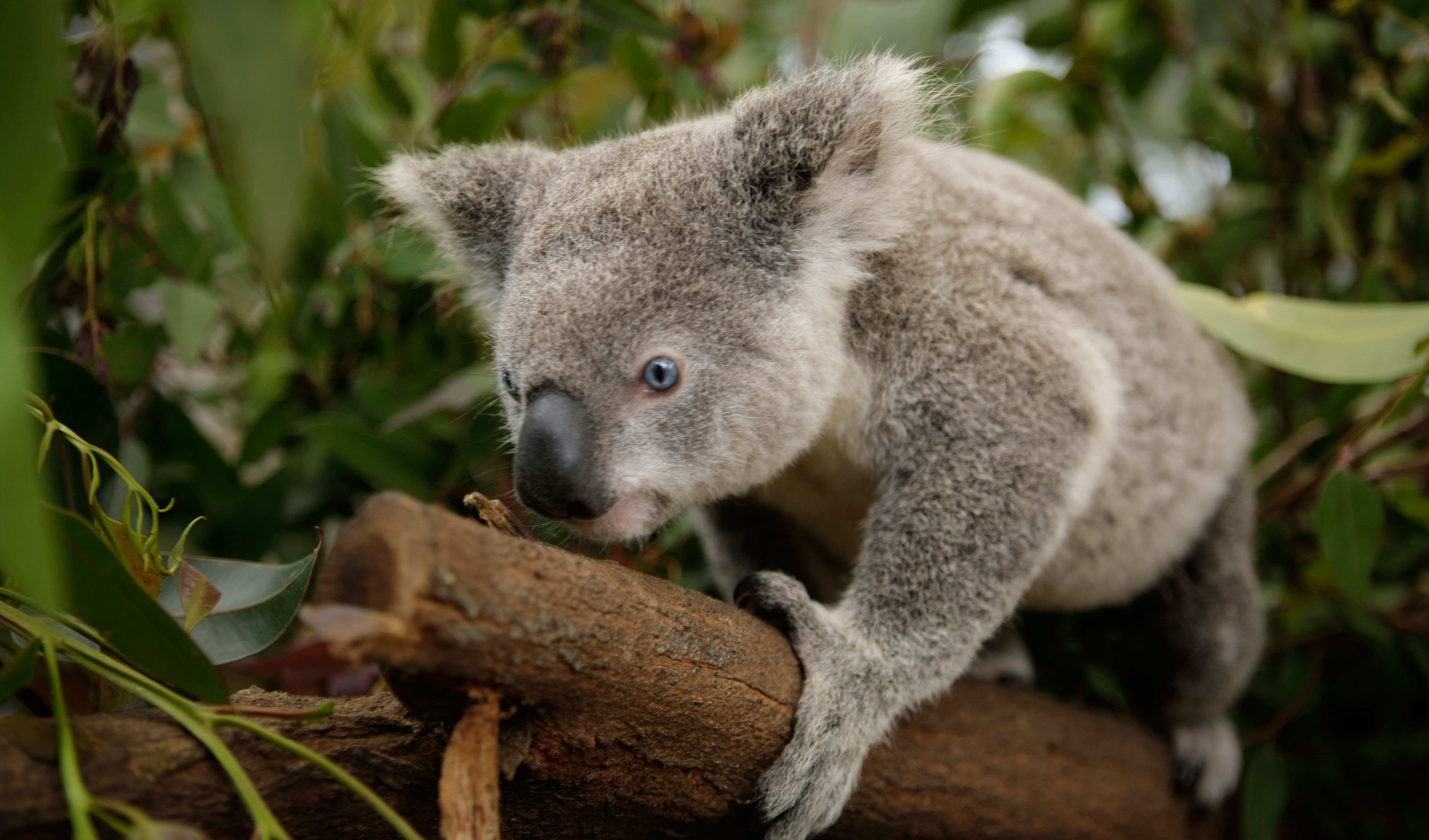New koala genome bank aims to end chlamydia epidemic

The future of Queensland’s koala population was given a shot in the arm this week with an announcement of a koala genome bank at Dreamworld on the Gold Coast. The bank aims to boost healthy koala genes in the threatened local population.
Queensland’s koalas are considered vulnerable under the federal threatened species act. However the Australian Koala foundation has argued that the South East Queensland Bioregion’s koalas are particularly threatened and should be listed as critically endangered, due to a steep decline in numbers in the region due to the chlamydia problem, habitat destruction, and road and dog kills.
The genome bank is a pilot project – the first of its kind for koalas – and is part of a $1.8 million alliance between the University of Queensland (UQ), the Queensland University of Technology (QUT) and Dreamworld.
“Disruptions to habitat and the spread of disease have left south eastern Queensland koala populations increasingly fragmented and isolated,” says UQ Associate Professor Stephen Johnston. “We’re in dire need of creating gene-flow between these populations.”

So, how does it work?
Sperm will be recovered from dead or injured koalas brought into Queensland-based koala hospitals or the RSPCA following dog attacks or car accidents and then chilled. Those with chlamydia can even have their semen “cleaned up” with antibiotics. Later, a wild female koala extracted from the bush can be inseminated at the captive-breeding research facility at Dreamworld before being re-released with a joey in her pouch.
Eventually the healthy and chlamydia-free koala genes will be used as a reservoir of genetic material for future breeding programs.
“Chlamydia halts the reproductive cycle,” adds Al. “It reduces fertility in both sexes. That means the population becomes dysfunctional and the whole koala eco-system is disrupted.”
Additionally, Dreamworld hope to create a captive population of permanently injured “non-releasables,” says the theme park’s Wildlife Foundation general manager Al Mucci. Whereas wounded koalas may have previously be euthanised, those that are still reproductively capable can take part in the genome bank and kept for future potential projects.
The scheme will pool the reproductive biology, artificial insemination and genetic analytics teams of UQ with the disease-management and vaccination work of QUT, while Al and his team will handle the husbandry, veterinary and animal-welfare side of things.
Al became involved in koala conservation after becoming “tired of peeling them off the road on [his] way to work”. Ten years ago, he adds, there were more than 10,000 wild koalas in south eastern Queensland. Today, it’s closer to 2,000.
“It’s a noticeable decline yet people don’t seem to notice,” says Al. “They’re in danger of inbreeding themselves out of existence and we really don’t want to lose them on our watch.”
For more info on koalas in Queensland, including tips on koala-friendly fencing, visit: ehp.qld.gov.au/wildlife/koalas


